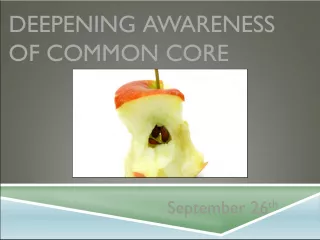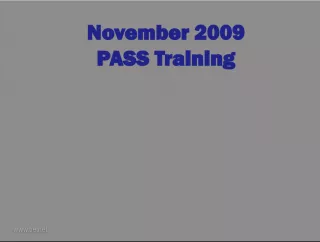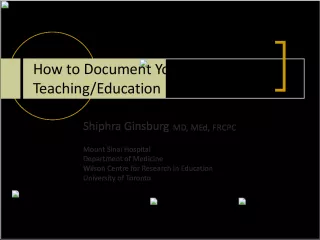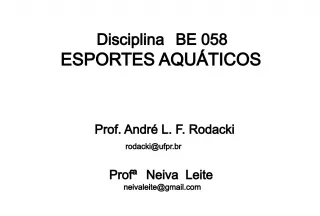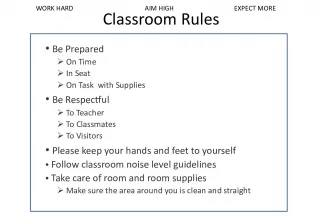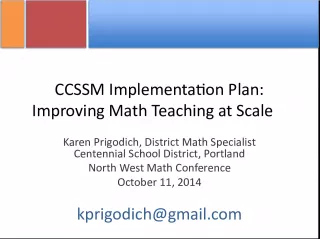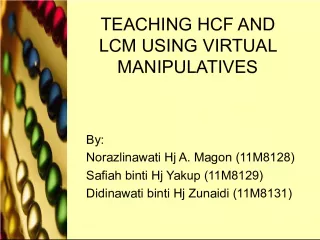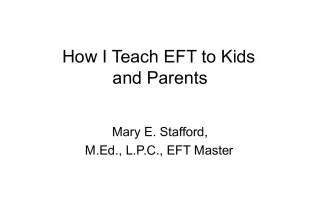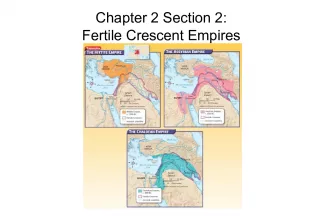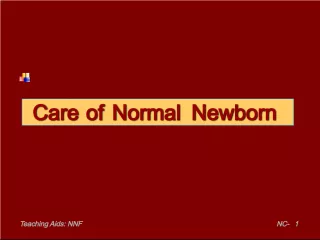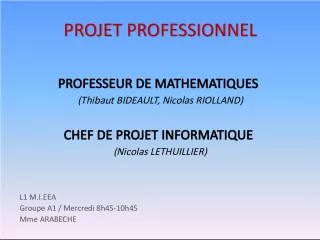Reflective Teaching: Adapting to the Unique Needs of Your Classroom
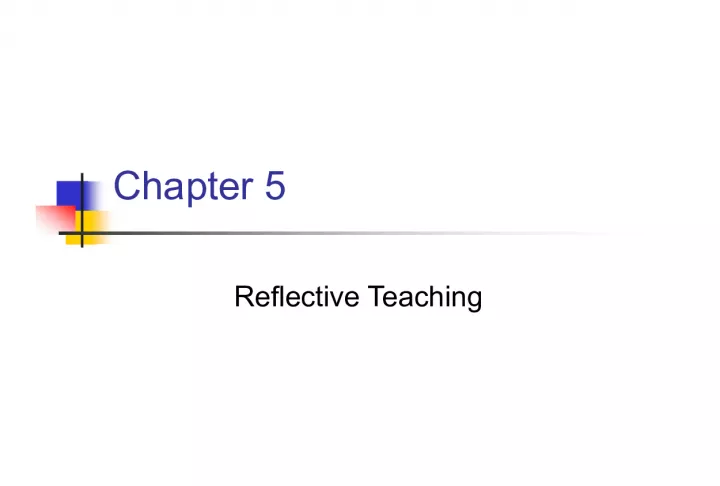

Chapter 5 explores the concept of reflective teaching, which involves adapting your teaching approach to suit the specific needs of your classroom and students. The chapter explains how to create an effective and appropriate environment that considers factors like school location, class size, and more. Additionally, the chapter introduces the idea of reflective invariant teaching, where teachers use one approach in all teaching situations regardless of the school or class characteristics.
- Uploaded on | 0 Views
-
 simonbatz
simonbatz
About Reflective Teaching: Adapting to the Unique Needs of Your Classroom
PowerPoint presentation about 'Reflective Teaching: Adapting to the Unique Needs of Your Classroom'. This presentation describes the topic on Chapter 5 explores the concept of reflective teaching, which involves adapting your teaching approach to suit the specific needs of your classroom and students. The chapter explains how to create an effective and appropriate environment that considers factors like school location, class size, and more. Additionally, the chapter introduces the idea of reflective invariant teaching, where teachers use one approach in all teaching situations regardless of the school or class characteristics.. The key topics included in this slideshow are Reflective teaching, classroom adaptation, effective environment, school characteristics, class size,. Download this presentation absolutely free.
Presentation Transcript
1. Chapter 5 Reflective Teaching
2. Chapter 5 Key Points Reflective teaching Is a non-linear approach to creating an effective and appropriate environment Based on ecology of particular environment (children, school facility, school location, class size etc)
3. Defining Reflective/Invariant Teaching A Reflective Teacher One who can design and implement an effective educational program by adapting his or her teaching skills and techniques to the specific school situation An Invariant Teacher One who uses one approach in all teaching situations regardless of the class/school characteristics
4. Six Variables That Influence Effective Teaching 1. Values of the teacher 2. Class size 3. Number of class sessions per week 4. Facilities and equipment 5. Student behavior 6. Context of the school
5. Comparison of Reflective/Invariant Teaching Variable The Reflective Teacher The Invariant Teacher Planning Adjust lesson plans to differences between classes and children Use the same plan for each primary grade and the same plan for each intermediate grade Progression within and between lessons Base progression on such factors as youngsters (1) rate and extent of improvement; (2) physical skill needs; (3) interest in a particular topic or activity Base progression on such factors as (1) six week units; (2) amount of material to be covered in a semester or year; (3) a predetermined formula for progression
6. Comparison of Reflective/Invariant Teaching (cont) Variable The Reflective Teacher The Invariant Teacher Methodology Vary the methodology according to such factors as (1) kinds of children in the class; (2) purpose of the lesson; (3) ability of the children to accept responsibility Employ the same methodology with all classes and hope that the children will eventually fulfill the teachers expectations Curriculum Design curriculum for each unique class of children after examining the children to determine their abilities and needs Use predetermined curricular content without considering such factors as childrens ability, community influences, or childrens interests
7. Comparison of Reflective/Invariant Teaching (cont) Variable The Reflective Teacher The Invariant Teacher Equipment and facilities Modify activities and lessons to available equipment and facilities Teach activities and lessons that use available equipment and facilities Discipline Attempt to understand management problems and then seek the causes, modifying teaching procedure accordingly Assume that the children are misbehaving and resort to punitive measures to modify individual and class behavior
8. Comparison of Reflective/Invariant Teaching (cont) Variable The Reflective Teacher The Invariant Teacher Assessment Regularly assess the children and also seek constructive criticism about their teaching from children and colleagues Assess sporadically and often base assessment on whether children liked the lesson, how long they remained interested, and how well they behaved
